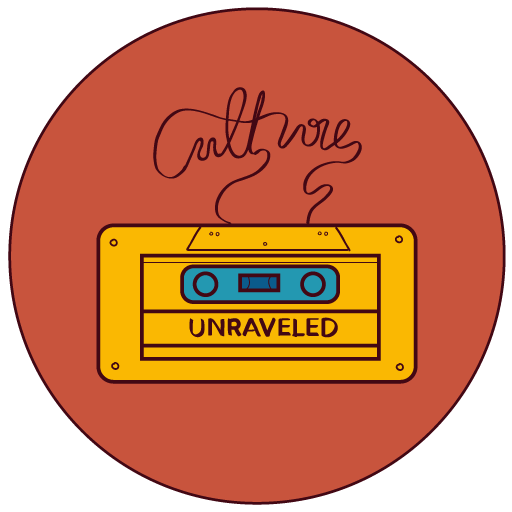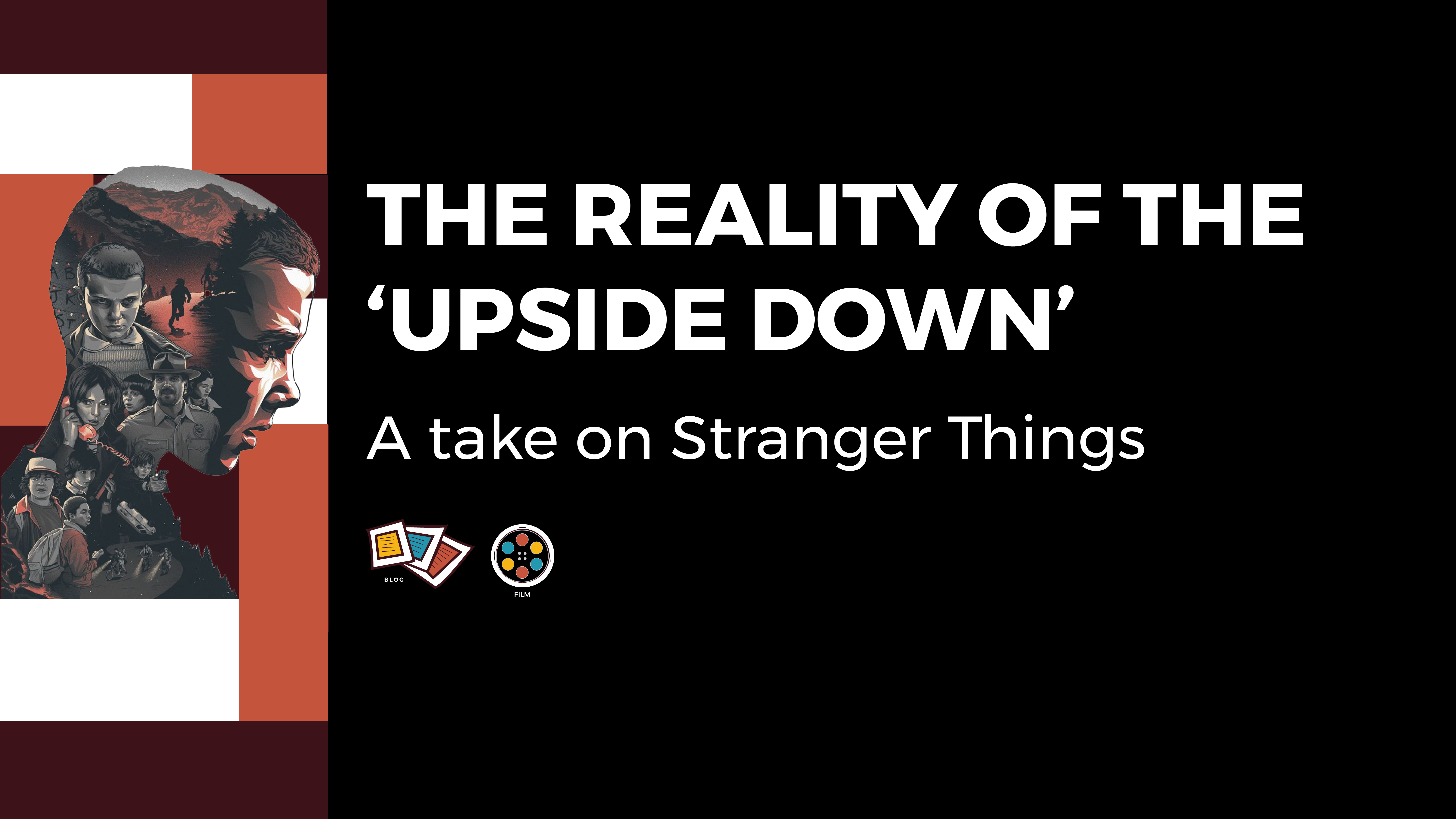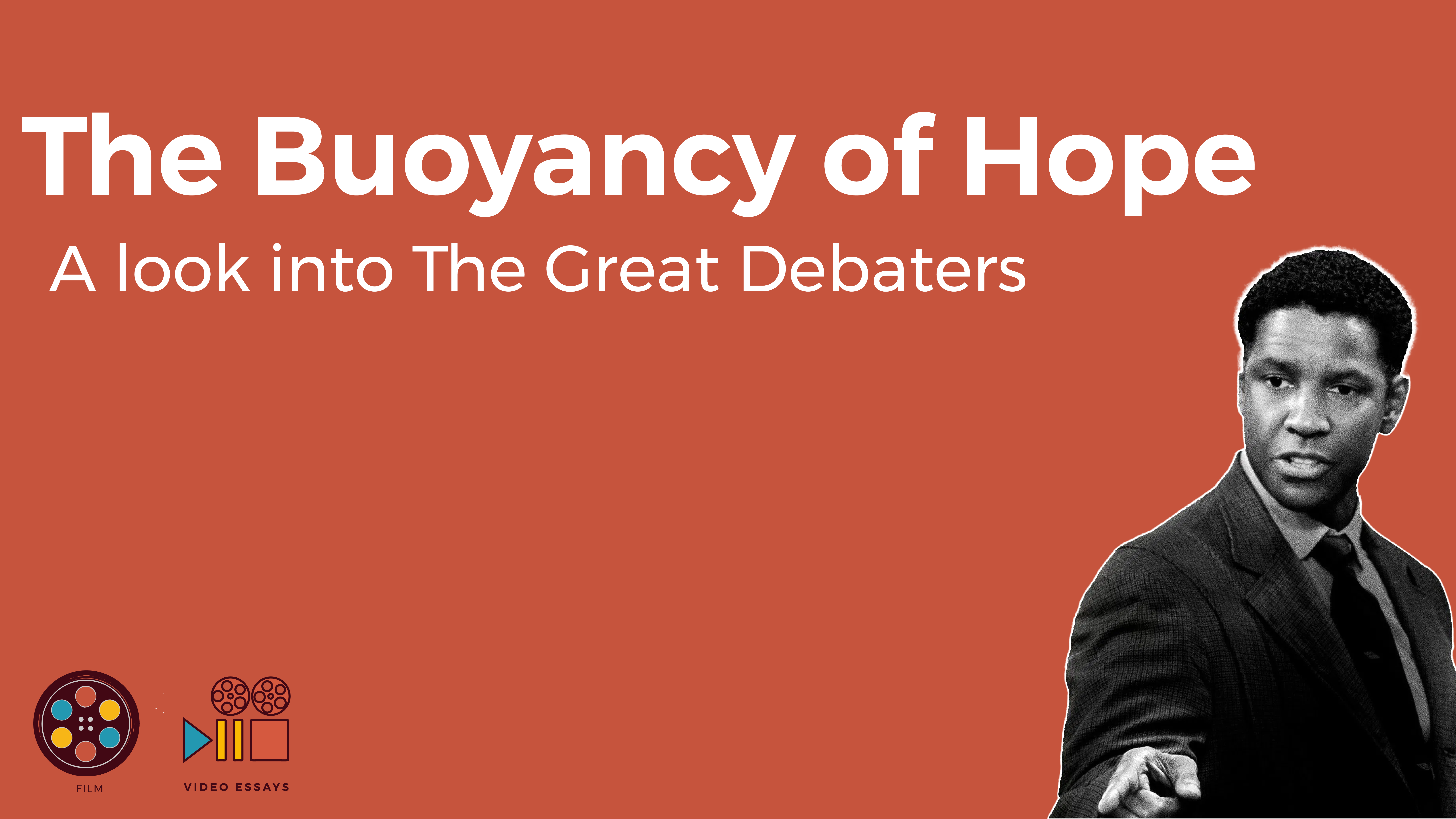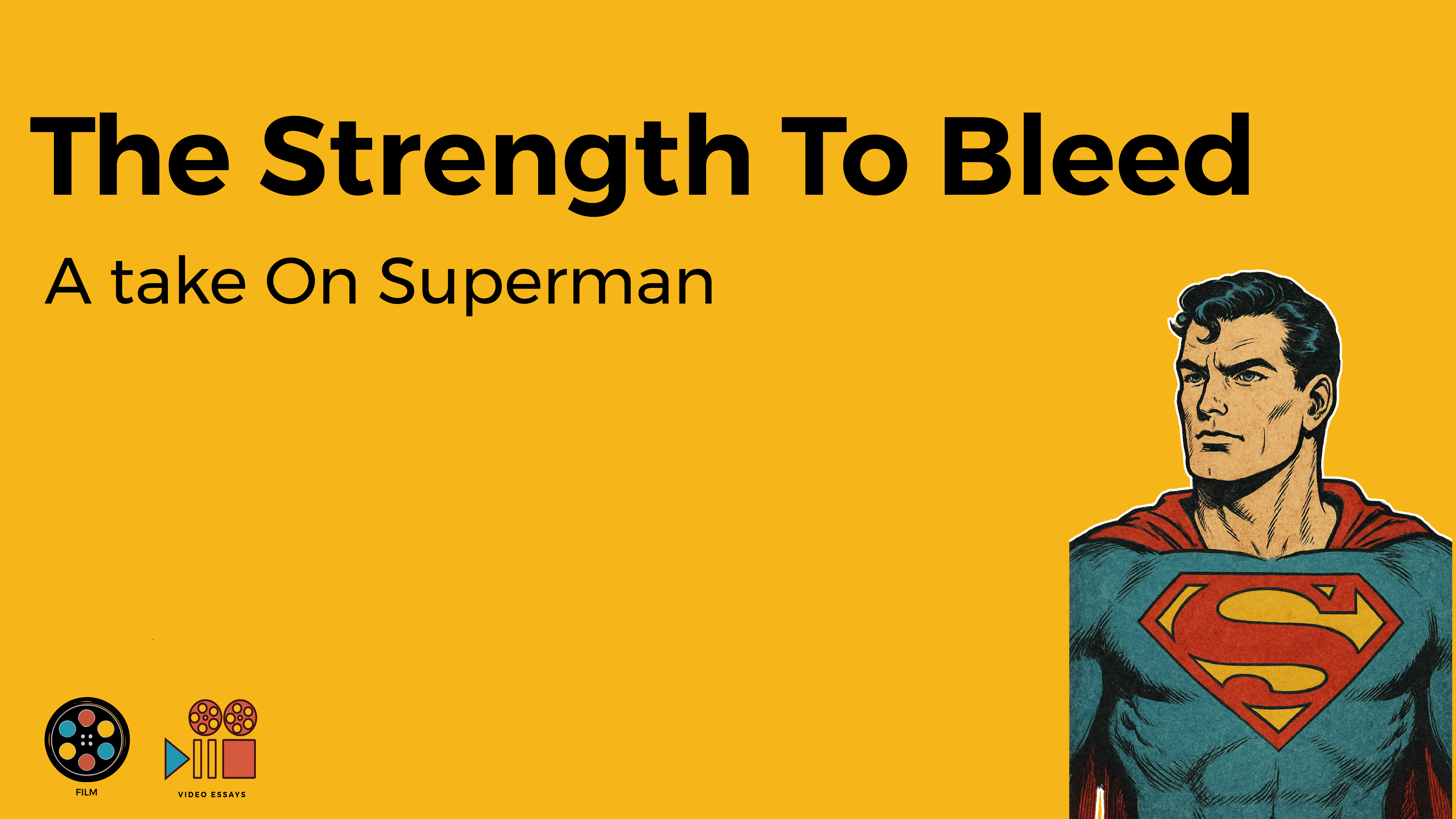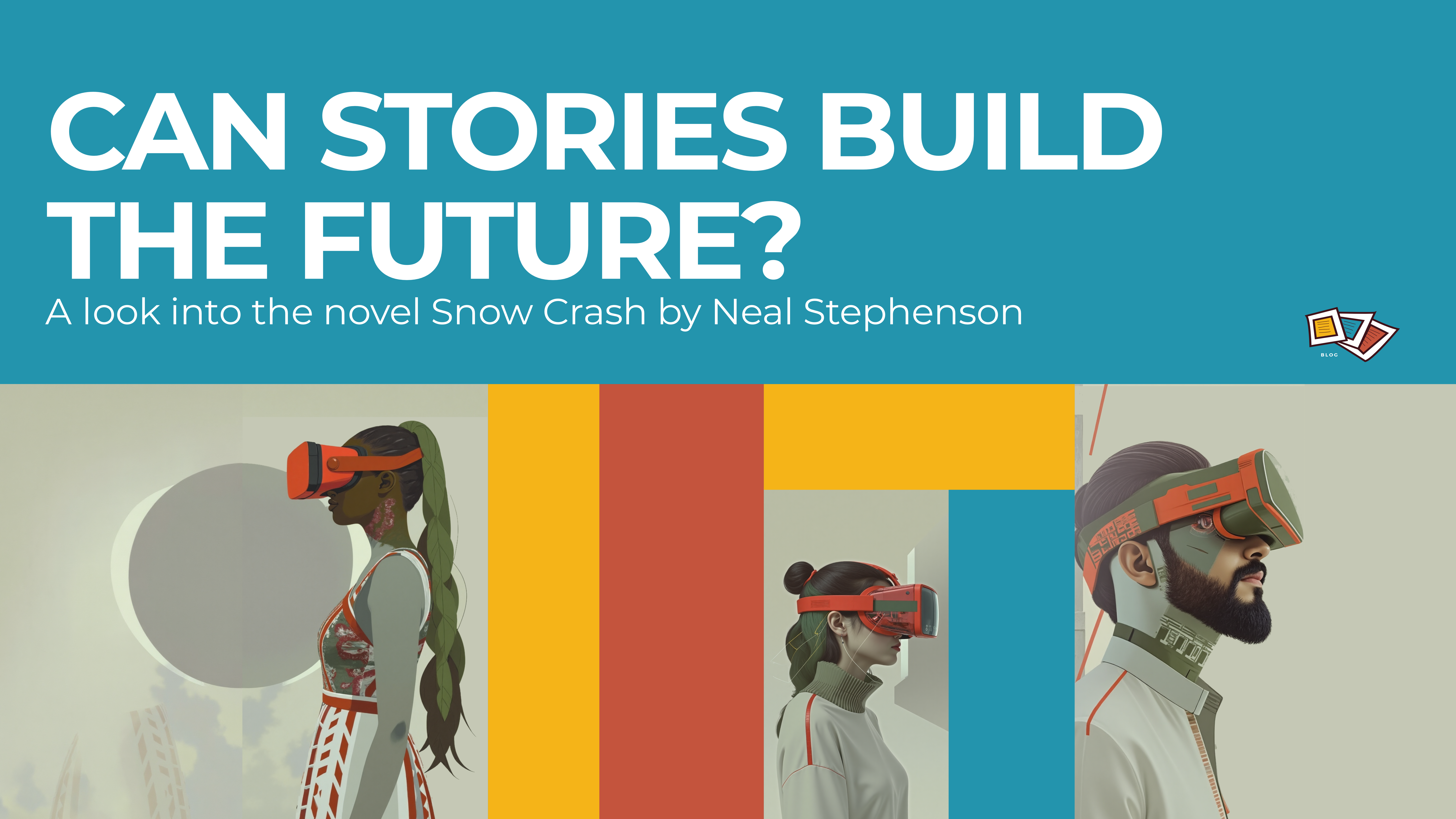
Sometimes, a novel doesn’t just predict the future—it helps invent it.
When Neal Stephenson published Snow Crash in 1992, his idea of a “Metaverse” seemed like wild speculation. Today, the word has become the cornerstone of how tech giants envision our digital lives. Fiction in one sense has become foresight. But this isn’t just about one visionary author. It’s about how literature, particularly science fiction, has become a creative partner in technological progress.
So how does Science Fiction predict the future?
Science fiction isn’t magic. It doesn’t look into a crystal ball. What it does do though is trace the direction of human imagination. For example, SF writers take emerging technologies, social tensions, and philosophical dilemmas and imagine what happens if we turn the volume up. Through this it begins to shape our cultural imagination. SF stories don’t just reflect trends. They influence them. Designers, engineers, and entrepreneurs often cite novels as inspiration—not because they offer exact blueprints, but because they make the invisible visible.
In this way, science fiction acts less like a fortune-teller and more like a conversation partner—asking us to consider what we’re really building, and why.
Snow Crash and the Architecture of the Digital World
Stephenson’s Snow Crash stands as one of the most cited examples of fiction becoming architectural in its influence. It not only coined the term ‘Metaverse’ it inspired products such as digital currencies and Google Earth.
- Virtual Space as Social Platform: The novel’s vision of an immersive, avatar-driven digital world came long before the virtual reality spaces we engage in today. In fact, it helped define what virtual space could be—not just visually, but socially and economically.
- Digital Currency and Decentralized Power: Long before Bitcoin or blockchain, Snow Crash imagined a society where corporate and digital networks held more sway than traditional governments. It didn’t invent these ideas, but it helped normalize them in the cultural imagination.
- Information as Power: The story’s central plot—language used as a virus—raises early questions about how data, media, and code can influence not just systems, but minds. In a world of algorithms and information bubbles, this feels increasingly prescient.
Snow Crash challenged us to think about the kind of society those tools enable.
From Snow Crash to Babel: The Dream of Connection
To understand the ambivalence at the heart of Snow Crash, it helps to revisit one of humanity’s oldest stories about collective ambition: the Tower of Babel.
The builders of Babel aimed high—literally. They envisioned a structure that could connect heaven and earth, unify people, and centralize human achievement. But the story ends in fragmentation. Their common language dissolves. The unity they sought collapses into disconnection.
Much like Babel, the Metaverse promises a new kind of unity—a space beyond borders, where we can transcend physical limits. And yet, Snow Crash reminds us how easily that vision can fracture. People aspire to be connected, but in reality they are isolated. Sitting by themselves, eyes glued to their devices, disconnected from the real world and real people.
Virtual connection can easily become digital isolation. Common platforms lead to cultural silos. Tools built to unify, just as easily divide.
Literature as Future Laboratory
At its best, science fiction isn’t just about warning us—it’s about preparing us. The stories we are now reading and even writing may inspire many to create future technology. But these stories also do something else. It gives us the chance to prototype the future emotionally and ethically before we build it materially.
It creates space for:
- Playful exploration: What happens if cities float in the sky? If AI has rights? If we live most of our lives in digital space?
- Critical reflection: How do power, access, and inequality follow us into these futures?
- Creative design: Can we imagine tools and platforms that foster genuine human flourishing?
In that sense, authors like Stephenson act as speculative architects. They don’t just design structures, though built a bit differently, but they push our cultural conversation forward. They remind us that the future isn’t fated; it’s drafted in dialogue between dreamers and doers. This is why we need to pay attention to the stories being told. Who knows how it may impact the future. These stories challenge us to decide what we want to happen. And in doing so, it joins a long tradition of stories that help us build—not just towers or technologies—but meaning. And the stories we tell may be the scaffolding that holds it up—or the mirror that shows us where it might fall.
_________________________________________
Written by Joshua George
